Imagine buildings that respond to their environment, shifting and evolving just like living organisms. Adaptive architecture is revolutionizing how we design spaces, blending technology, sustainability, and creativity to create structures that can adjust to changing needs. It’s not just about aesthetics—it’s about functionality and resilience in a world that’s constantly in flux.
As we face challenges like climate change and urbanization, adaptive architecture offers innovative solutions. These buildings can optimize energy use, improve comfort, and even extend their lifespan by adapting to external conditions. It’s an exciting intersection of design and engineering that’s reshaping our cities and redefining how we interact with the spaces we inhabit.
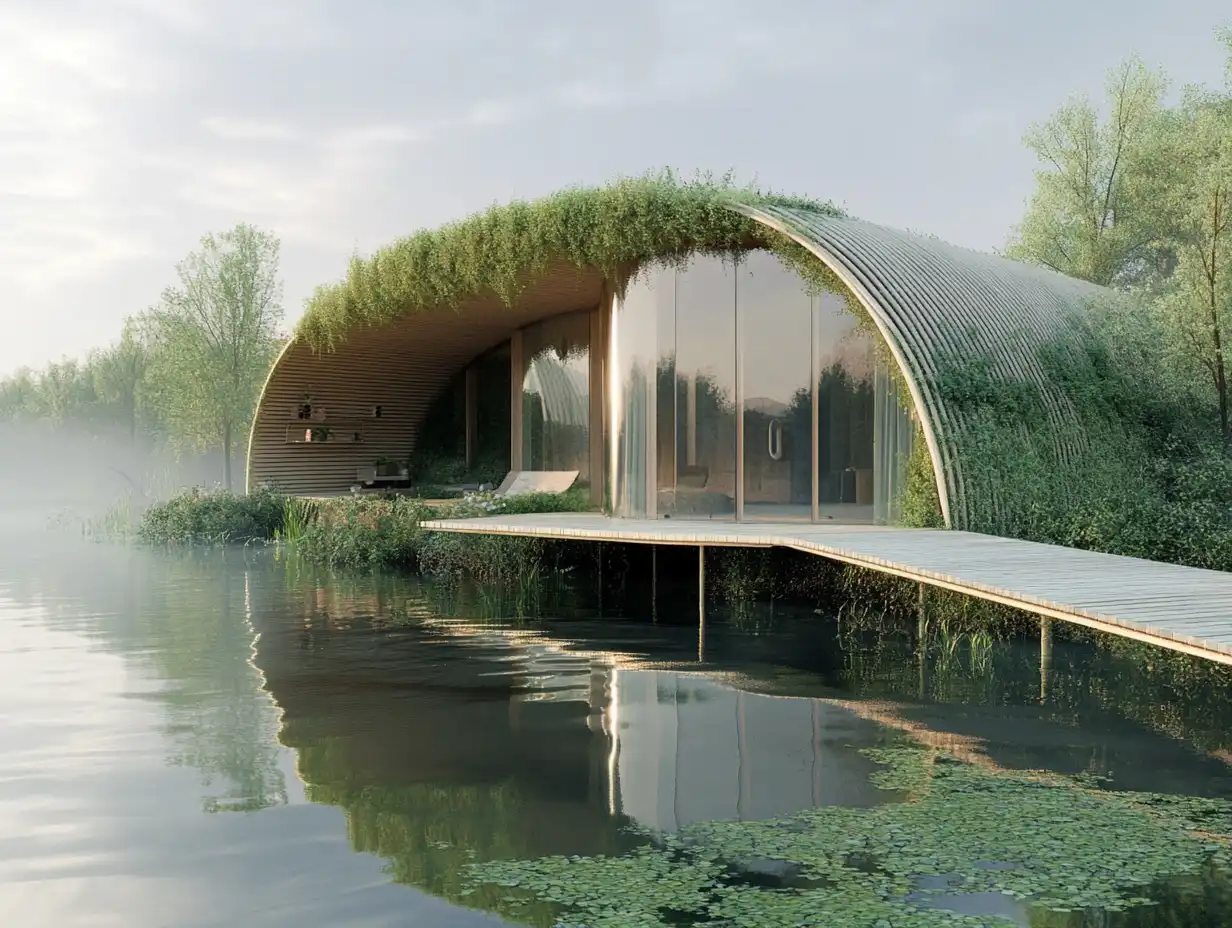
What Is Adaptive Architecture?
Adaptive architecture refers to the design and construction of buildings capable of adjusting to environmental changes, user needs, or functional requirements. These structures integrate advanced materials, sensors, and systems to achieve flexibility and responsiveness. The objective is to create spaces that evolve dynamically rather than remaining static.
Key concepts in adaptive architecture include climate responsiveness, modularity, and smart technologies. Climate responsiveness involves features like shading systems that adjust to sunlight or facades that regulate thermal performance. Modularity emphasizes interchangeable components, enabling reconfiguration or expansion. Smart technologies incorporate automation, such as integrated lighting or heating systems that react to occupancy or energy demands.
Designs balance utility, sustainability, and aesthetics. By integrating eco-friendly materials and energy-efficient systems, adaptive architecture reduces environmental impact. Functionality ensures spaces support changing activities, while innovative design fosters visual appeal. Examples include kinetic facades, reconfigurable floor plans, and buildings like The Shard in London or the Al Bahar Towers in Abu Dhabi, which adapt to user and environmental needs.
Adaptive architecture transforms how spaces respond to modern challenges by combining innovation, sustainability, and pragmatic design.
Key Principles Of Adaptive Architecture
Adaptive architecture relies on foundational principles to create structures that respond to changing conditions. These principles ensure functionality, resilience, and integration with evolving urban and environmental demands.
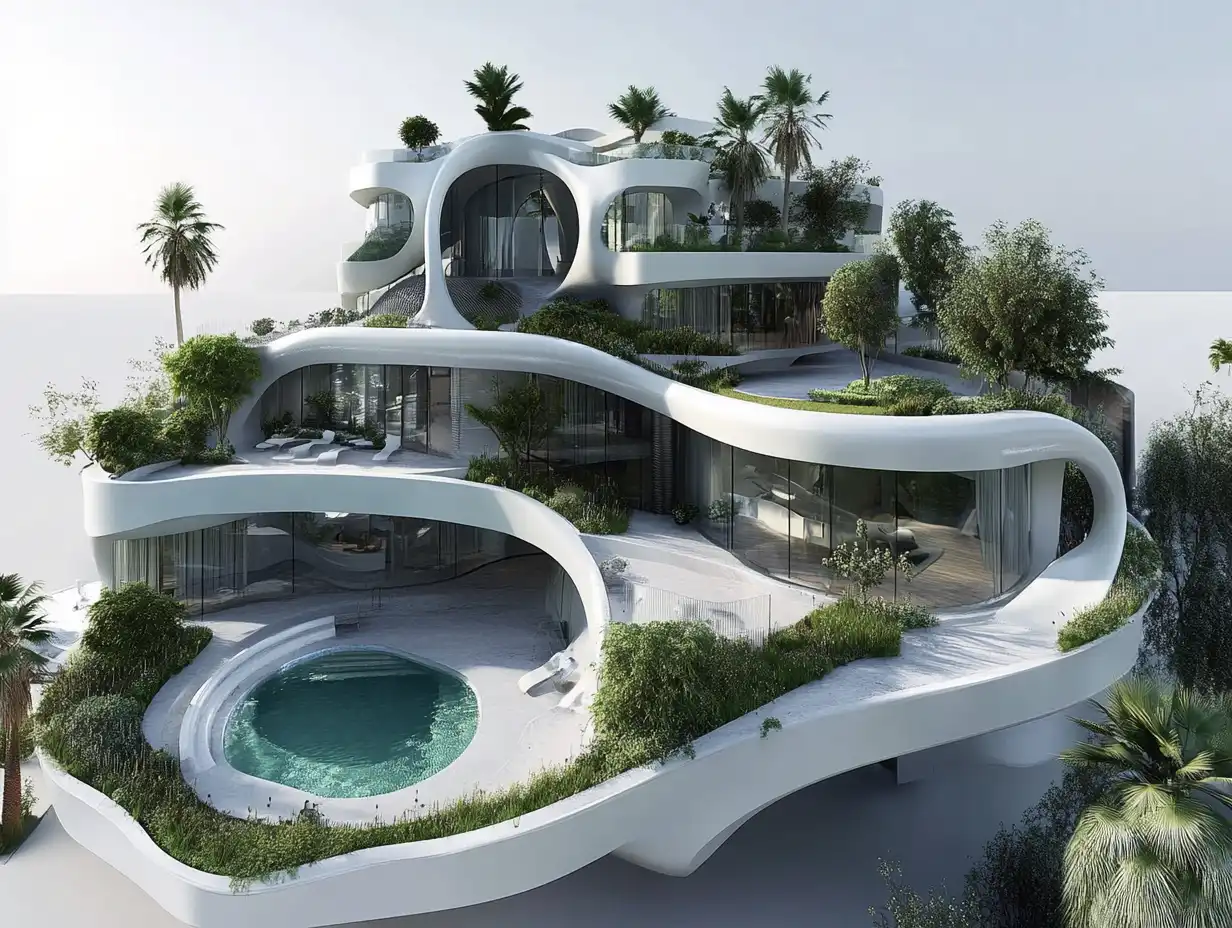
Flexibility And Adaptability
We design adaptive buildings to accommodate fluctuating spatial requirements and purposes. Structures incorporate features like movable walls, transformable interiors, and expandable spaces to cater to diverse uses. For instance, reconfigurable floor plans allow rapid shifts between residential, commercial, or recreational layouts, optimizing utility.
Sustainability And Resilience
We prioritize sustainability by integrating energy-efficient systems and environmentally friendly materials. Adaptive designs mitigate climate impacts through responsive elements, such as shading systems that adjust for solar heat and rainwater harvesting systems. Resilience gets addressed by designing for extreme conditions, including rising sea levels, earthquakes, and urban heat islands.
Integration With Technology
We enhance adaptability by embedding smart systems and responsive technologies into building designs. Sensors, data-driven automation, and IoT connectivity provide real-time adjustments for energy usage, ventilation, and occupant comfort. Dynamic facades, like the Al Bahar Towers‘ sun-responsive panels, demonstrate how technology transforms building performance.
Benefits Of Adaptive Architecture
Adaptive architecture brings transformative advantages by enabling buildings to evolve dynamically with their surroundings and occupant needs. These benefits extend across environmental, experiential, and economic domains.
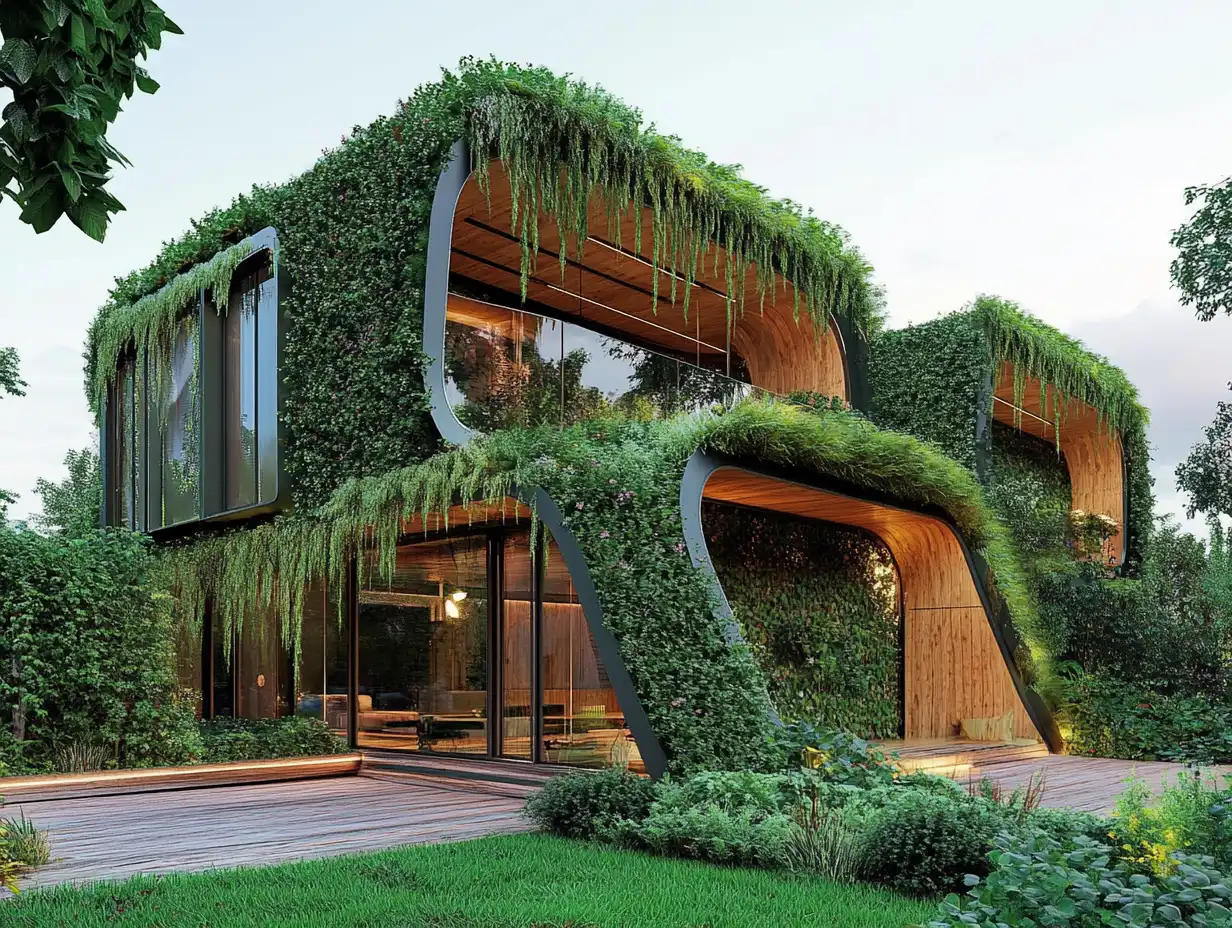
Environmental Impact
Adaptive architecture minimizes environmental impact by optimizing resource use and incorporating sustainable solutions. Buildings with responsive systems reduce energy consumption automatically, such as using kinetic facades to regulate temperature and light levels. Incorporating renewable materials and energy sources, like solar panels and green roofs, further reduces their carbon footprint. For example, the Al Bahar Towers dynamically adjust their facade to manage heat, cutting energy usage significantly. These design choices ensure adaptable structures actively contribute to environmental conservation.
Enhanced User Experience
Improving user satisfaction centers on adaptability in design, creating versatile and comfortable spaces. Movable partitions and reconfigurable layouts empower occupants to tailor physical spaces to their shifting needs, whether in homes or offices. Smart systems enhance comfort by maintaining optimal lighting, temperature, and air quality, adjusting in real-time. Facilities like dynamic ventilation in smart buildings improve health and well-being, addressing users’ immediate requirements efficiently. Buildings designed for interactivity create environments that adjust seamlessly to their users.
Cost Efficiency
Adaptive buildings reduce costs over time through enhanced resource efficiency and longevity. Built-in energy-saving technologies lower utility expenses by conserving power and water. Modular construction methods extend a building’s functional lifespan by enabling reconfiguration without extensive reconstruction costs. Maintenance expenses decrease as predictive systems alert occupants to issues like structural stress or equipment malfunctions before significant repairs are necessary. For example, adaptive structures using IoT-enabled sensors simplify facility management while reducing operational overhead.
Innovative Examples Of Adaptive Architecture
Adaptive architecture showcases its potential through groundbreaking projects worldwide. These structures combine advanced technology, sustainable materials, and innovative design strategies to create adaptable, functional spaces.
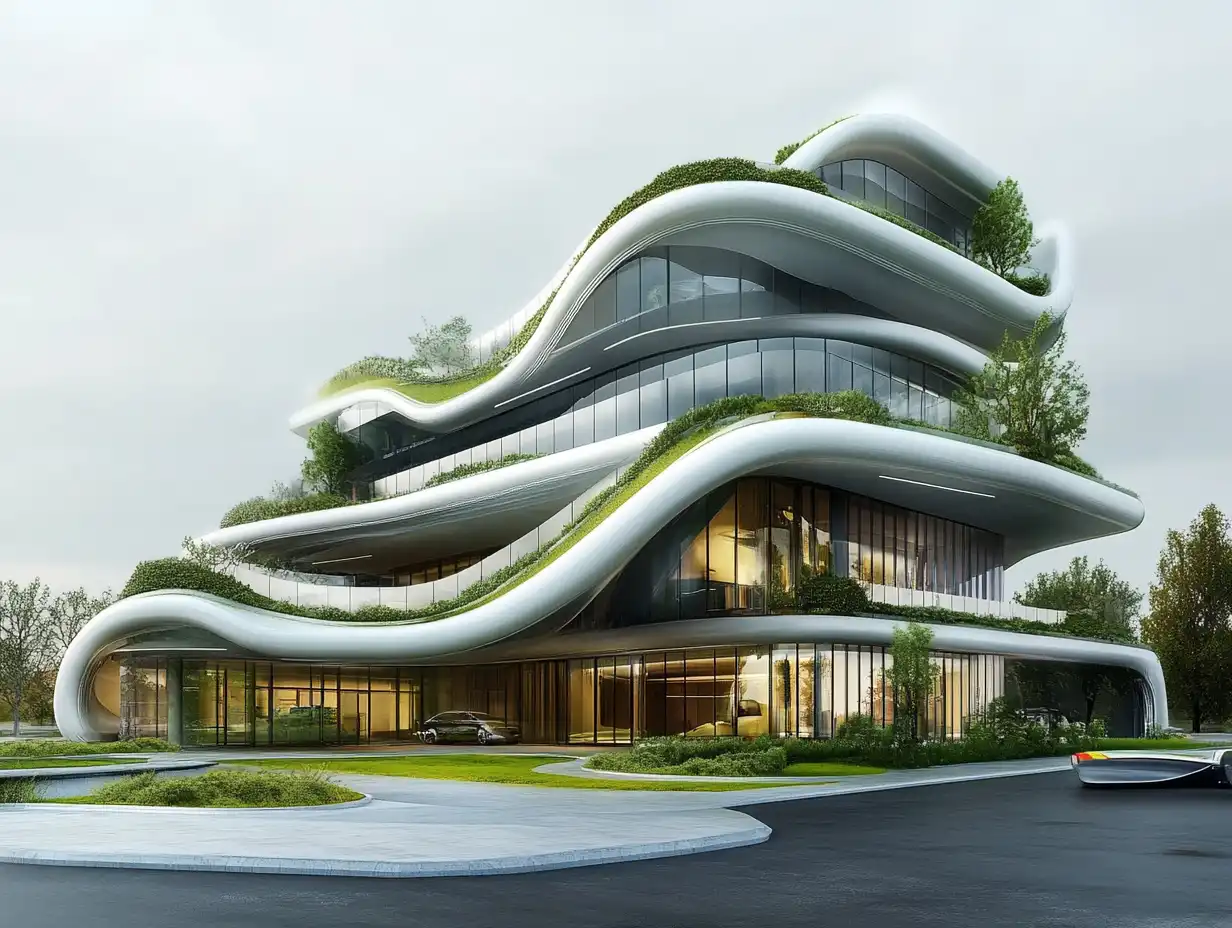
Prominent Adaptive Buildings
Prominent adaptive buildings highlight how architectural design responds to environmental and functional needs.
- The Shard, London: This skyscraper integrates dynamic shading systems to regulate temperature and optimize natural light. Its energy-efficient design reduces dependency on mechanical systems.
- Al Bahar Towers, Abu Dhabi: Featuring a unique mashrabiya-inspired facade, the towers adjust their exterior panels based on sunlight intensity, enhancing energy efficiency and minimizing solar gain.
- Milstein Hall, Ithaca: This building employs modular design to accommodate evolving educational and functional needs, showcasing adaptability in academic environments.
- Kansai International Airport, Japan: Designed to withstand environmental challenges, the terminal includes seismic-resistant technology and systems that adapt to extreme weather conditions.
These examples illustrate the application of adaptive principles to enhance resilience, energy use, and user experience.
Emerging Trends In Design
Emerging trends in adaptive architecture reflect advancements in materials, technologies, and sustainable methods.
- Kinetic Components: Incorporating moving elements, such as rotating facades or retractable roofs, allows buildings to respond to weather and operational needs.
- Biophilic Design: Integration of living walls, green roofs, and natural materials adapts spaces to promote environmental harmony and human well-being.
- 3D Printed Structures: Flexible, high-precision construction techniques, like 3D printing, enable customization and resource efficiency in adaptive designs.
- Energy Harvesting Systems: Buildings now incorporate systems that generate energy, such as piezoelectric floors or transparent solar panels, supporting self-sustainability.
- AI and IoT Integration: Smart technologies enhance real-time adaptability in lighting, climate control, and building functionality, fostering efficiency and occupant comfort.
Adoption of these trends strengthens the potential of adaptive architecture in addressing modern challenges.
Challenges And Limitations
Adaptive architecture faces several challenges, particularly in balancing innovative designs with practical limitations. These challenges often impact implementation, scalability, and functionality.
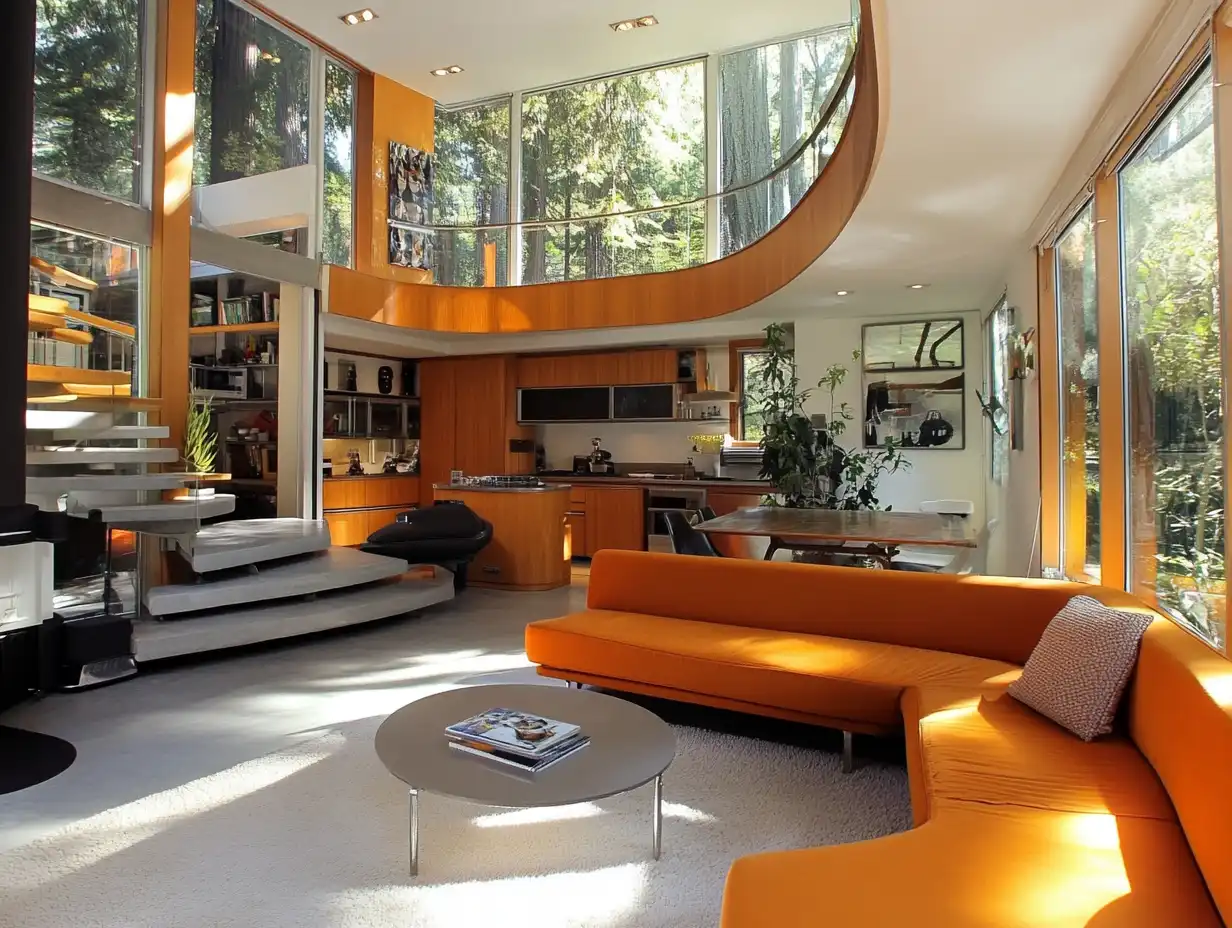
Cost And Feasibility
High costs present a significant obstacle. Incorporating advanced systems like kinetic facades, IoT integration, or smart materials often requires substantial financial investment. For example, the Al Bahar Towers’ responsive facade, while efficient, involved extensive funding for design, materials, and technology. Smaller projects or developing regions may find such investments unattainable, limiting wide-scale adoption.
Complexity in execution further increases feasibility concerns. Adaptive structures demand coordinated expertise from architects, engineers, and technology specialists, which can delay project timelines and inflate budgets. These factors often hinder adaptive architecture’s accessibility and scalability.
Technological Dependencies
Dependence on technology creates vulnerabilities. Adaptive buildings rely heavily on interconnected systems, sensors, and software to function effectively. Failures in any component, such as sensor breakdowns or software glitches, can disrupt building performance.
Rapid technological advancements also lead to obsolescence. Systems or components may need updates or replacements within a few years, increasing maintenance costs. For instance, IoT-based systems in adaptive architecture may become incompatible with newer platforms, creating long-term upkeep challenges.
Energy demands further complicate reliance on technology. While these systems aim for efficiency, extensive computational processes and real-time monitoring can inadvertently consume significant energy, reducing overall sustainability.
Future Of Adaptive Architecture
The future of adaptive architecture lies in its capacity to merge technological innovation, environmental consciousness, and functional design. Advancements in smart systems and urban development strategies redefine how we plan and construct adaptive environments.

Role Of Smart Technologies
Smart technologies play a central role in future adaptive structures by enhancing their responsiveness and efficiency. Advanced systems like IoT-enabled sensors, AI-driven energy management, and innovative materials improve real-time adaptability. For instance, IoT sensors monitor environmental changes like temperature or humidity, enabling automatic adjustments to maintain ideal conditions. AI algorithms further optimize resource usage, such as reducing energy consumption through predictive analytics.
Emerging innovations, including self-healing materials and dynamic facades, expand the range of possibilities. Self-healing concrete prolongs infrastructure durability by repairing minor cracks, while dynamic facades adjust to optimize light and energy based on environmental shifts. By integrating such technologies, adaptive buildings become more sustainable, efficient, and user-focused.
Shaping Urban Development
Adaptive architecture shapes urban development by addressing challenges like density, resource scarcity, and climate change. The modular and flexible nature of adaptive buildings facilitates efficient land use. Structures with transformable spaces, like reconfigurable interiors or stackable modules, allow urban areas to accommodate changing needs, such as housing or workspace demands.
Eco-conscious features like energy harvesting systems and green roofs enhance sustainability in urban settings. Buildings equipped with photovoltaic panels, rainwater collection systems, or vertical gardens mitigate environmental impact while improving urban microclimates. Furthermore, adaptive strategies prioritize resilience by incorporating designs that withstand natural disasters or harsh weather conditions, ensuring long-term viability for cities.
Adaptive architecture supports sustainable urban growth, creating dynamic spaces that respond effectively to evolving societal and environmental needs.
Conclusion
Adaptive architecture redefines how we design and interact with built environments by prioritizing flexibility, sustainability, and technology integration. It addresses pressing challenges such as urbanization, resource management, and climate change while fostering efficient, durable, and user-centered solutions.
We see its impact in functional innovations like kinetic facades, modular interiors, and AI-enabled systems that enhance energy efficiency and comfort. By leveraging renewable materials and smart technologies, adaptive architecture drives sustainability, reducing environmental footprints and operational costs.
Despite challenges like high initial costs and technological complexities, the advancements in self-healing materials, energy harvesting components, and IoT applications pave the way for scalable and resilient designs. Adaptive architecture strengthens urban development by creating responsive spaces that adjust to societal and ecological demands.
This transformative approach reflects a shift towards dynamic, future-ready structures that adapt seamlessly to modern needs and challenges. Through collaboration and innovation, adaptive architecture leads us to sustainable, flexible, and forward-thinking environments.
- adaptable structures
- adaptive architecture
- architectural sustainability
- architecture innovation
- climate adaptive buildings
- dynamic architecture
- Eco-friendly architecture
- energy-efficient architecture
- flexible buildings
- Future of Architecture
- green technology in buildings
- intelligent building systems
- modular design
- passive design strategies
- resilient architecture
- responsive architecture
- smart building technology
- smart construction
- Sustainable Design
- sustainable urban design
















Leave a comment